Silent Beauty invites you to admire the interplay of visual arts, ceramics and kimonos

Ulla Rantanen: Stone in the Water (1980). Finnish National Gallery / Ateneum Art Museum. Photo: Finnish National Gallery / Petri Virtanen.
HELSINKI.- From 14 June to 6 October 2019, the Ateneum Art Museum presents the exhibition Silent Beauty – Nordic and East-Asian Interaction. The exhibition delves into the simplified aesthetic that connects the Nordic countries and East Asia, especially in post-World War II art. The exhibition celebrates Finland’s and Japan’s continued active interaction: in the year 2019, one hundred years will have passed since diplomatic relations were established between the two countries.
Nordic and East Asian art share the idea of everyday beauty and a connection with nature
The Silent Beauty exhibition juxtaposes visual art, ceramics, textile art and architecture by Finnish, Swedish, Japanese, Korean and Chinese artists. The works display a simplified and dynamic aesthetic: geometric shapes, sophisticated colours, and an appreciation of materials link the pieces exhibited. The exhibits include beautiful and functional everyday objects, such as sophisticated Asian ceramics and kimonos. The paintings, drawings and prints included in the exhibition feature abstract themes, as well as landscapes and still lifes. The exhibition includes more than 200 works, of which approximately one third are from the Ateneum collection.
The rich exhibition offers a meditative experience: at Silent Beauty, visitors can experience the atmosphere of Finnish nature and winter, in the centre of Helsinki. The exhibition features an abundance of Japanese art and artefacts. Both Finland and Japan have four seasons and share an interest in nature.

Unknown: Bowl, Takeo Karatsu ware (late 18th–1900). Japan Folk Crafts Museum, Tokyo. Photo: Japan Folk Crafts Museum.
Silent Beauty continues the themes of the popular Japanomania
Silent Beauty – Nordic and East-Asian Interaction is a continuation of the exhibition Japanomania in the Nordic Countries 1875–1918, which was presented at the Ateneum in spring 2016. The popular exhibition prompted an examination of how the phenomenon continued in the 20th century, and what new forms it took. Where does the simplified Nordic aesthetic come from, and how is it connected to visual arts? Why does the Nordic aesthetic appeal particularly to East Asian people?
Silent Beauty specifically explores the two-way interaction between the cultures: the exhibition project demonstrates that East Asian art was also influenced by the Nordic aesthetic. Nordic artists, designers and architects travelled to Japan, and correspondingly, Japanese artists and designers travelled to Europe and the Nordic countries. Nordic artists took influences from China and Korea, as well as Japan.

Alfred William Finch: Vase (1903). Design Museum. Photo: Finnish National Gallery / Hannu Pakarinen.
The artists featured in the exhibition include Heidi Blomstedt, Shoji Hamada, Erkki Heikkilä, Rune Jansson, Aimo Kanerva, Carl Kylberg, Maija and Ahti Lavonen, Bernard Leach, Ufan Lee, Ulla Rantanen, Kyllikki Salmenhaara, Key Sato, Helene Schjerfbeck, Jaakko Sievänen, Per Stenius, Zao Wou-Ki and Samiro Yunoki. The exhibition presents a large number of works from Japan, including from the Japan Folk Crafts Museum in Tokyo and the Museum of Modern Art, Hayama. Works are on loan from, for example, the Design Museum in Helsinki, the Gothenburg Museum of Art and the Moderna Museet in in Sweden, and the Louisiana Museum of Modern Art in Denmark.
Silent Beauty is co-produced by the Ateneum Art Museum and the Prins Eugen’s Waldemarsudde art museum in Stockholm. The curators of the Ateneum exhibition are Anne-Maria Pennonen and Anna-Maria von Bonsdorff. The exhibition will be on display at Prins Eugen’s Waldemarsudde in spring 2020. The exhibition coincides with the release of a publication, in Finnish, Swedish and English, produced by the Ateneum.

Shōji Hamada: Plate (1946). Japan Folk Crafts Museum, Tokyo. Photo: Japan Folk Crafts Museum

Aimo Kanerva: Winter Landscape, Otalampi, 1951–1952. Finnish National Gallery / Ateneum Art Museum. Photo: Finnish National Gallery / Hannu Pakarinen.
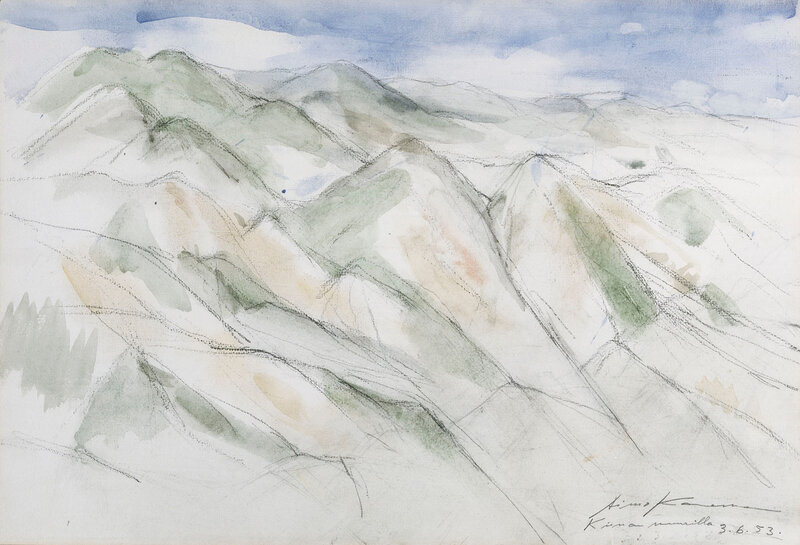
Aimo Kanerva: On the Great Wall of China, 1953. Finnish National Gallery / Ateneum Art Museum, coll. Suomen Säästöpankki Oy. Photo: Finnish National Gallery / Antti Kuivalainen.

Kyllikki Salmenhaara: Bottles (1953). Design Museum. Photo: Finnish National Gallery / Hannu Pakarinen.

Mauri Favén: Edge of the Forest, 1956. Finnish National Gallery / Ateneum Art Museum. Photo: Finnish National Gallery / Hannu Pakarinen.

Shōji Hamada: Plate (1956). Japan Folk Crafts Museum, Tokyo. Photo: Japan Folk Crafts Museum

Ina Colliander: Eight Pears, 1956. Finnish National Gallery / Ateneum Art Museum, coll. Sihtola. Photo: Finnish National Gallery / Hannu Karjalainen.

Shōji Hamada: Bowl (1956). Japan Folk Crafts Museum, Tokyo. Photo: Japan Folk Crafts Museum.

Kyllikki Salmenhaara: Vase (1958). Design Museum. Photo: Finnish National Gallery / Hannu Pakarinen.

Zao Wou-Ki: Painting (1959). Finnish National Gallery / Ateneum Art Museum. Photo: Finnish National Gallery / Hannu Aaltonen

Kyllikki Salmenhaara: Plate (1959). Design Museum. Photo: Finnish National Gallery / Hannu Pakarinen.

Kalle Eskola: Still Life (1959). Finnish National Gallery / Ateneum Art Museum, Suomen Säästöpankki Oy Collection. Photo: Finnish National Gallery / Antti Kuivalainen.

Unknown: Covered pot, Aizuhongō ware (20th century). Japan Folk Crafts Museum, Tokyo. Photo: Japan Folk Crafts Museum

Ahti Lavonen: Untitled, 1961. Finnish National Gallery / Ateneum Art Museum. Photo: Finnish National Gallery / Yehia Eweis.
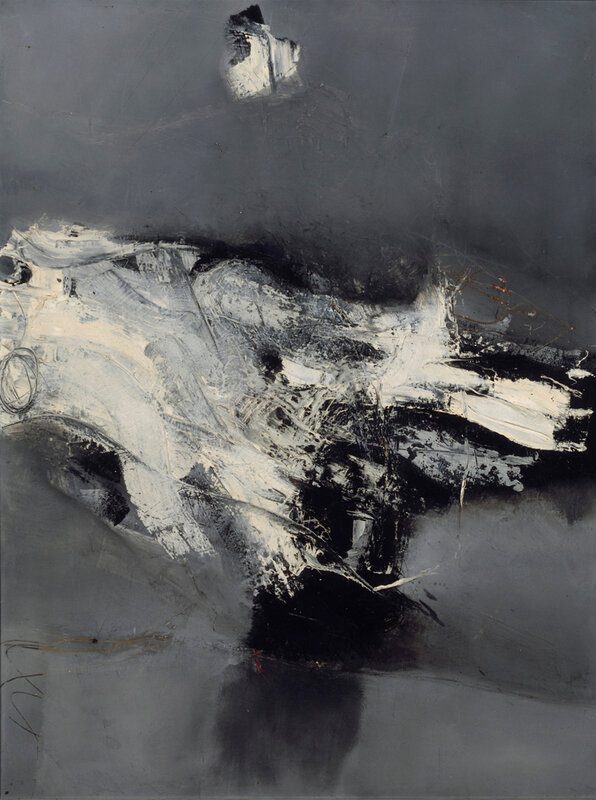
Jaakko Sievänen: Marsh Bird, 1961–1962. Finnish National Gallery / Ateneum Art Museum. Photo: Finnish National Gallery / Jouko Könönen.
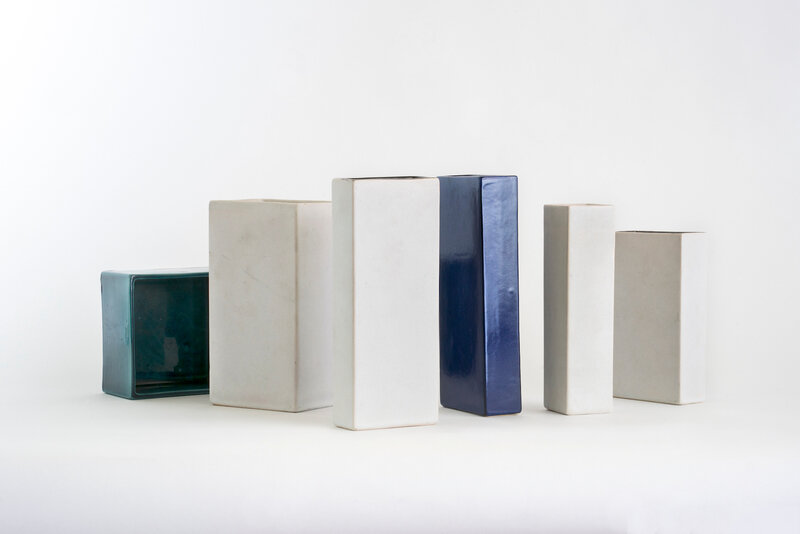
Heidi Blomstedt: Vases (1962). Design Museum. Photo: Finnish National Gallery / Hannu Pakarinen
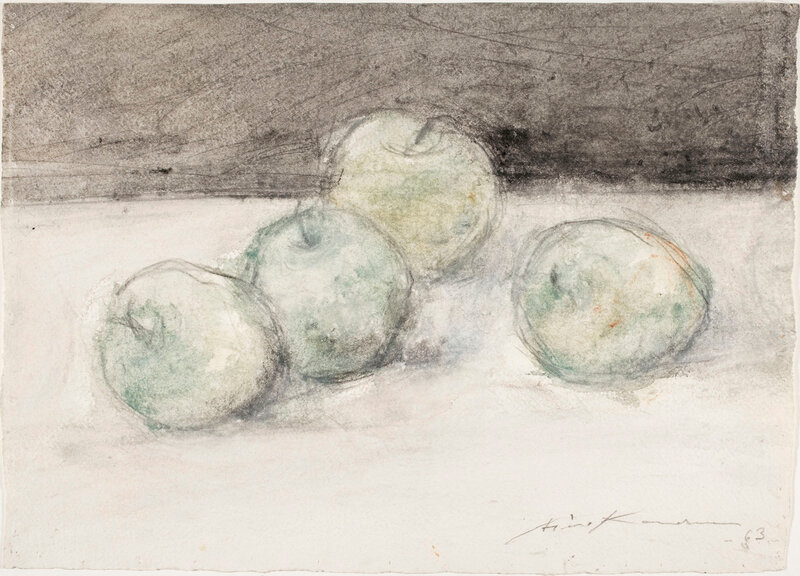
Aimo Kanerva: Four Apples, 1963. Finnish National Gallery / Ateneum Art Museum. Photo: Finnish National Gallery / Hannu Pakarinen.

Shōji Hamada: Bowl (1960’s). Japan Folk Crafts Museum, Tokyo. Photo: Japan Folk Crafts Museum

Ahti Lavonen: Ink Drawing, 1963. Finnish National Gallery / Ateneum Art Museum. Photo: Finnish National Gallery / Hannu Karjalainen.

Ahti Lavonen: Mercurio III, 1965. Finnish National Gallery / Ateneum Art Museum. Photo: Finnish National Gallery / Jouko Könönen.

Aimo Kanerva: Wintry Spruce Trees, 1969. Finnish National Gallery / Ateneum Art Museum. Photo: Finnish National Gallery / Asko Penna.
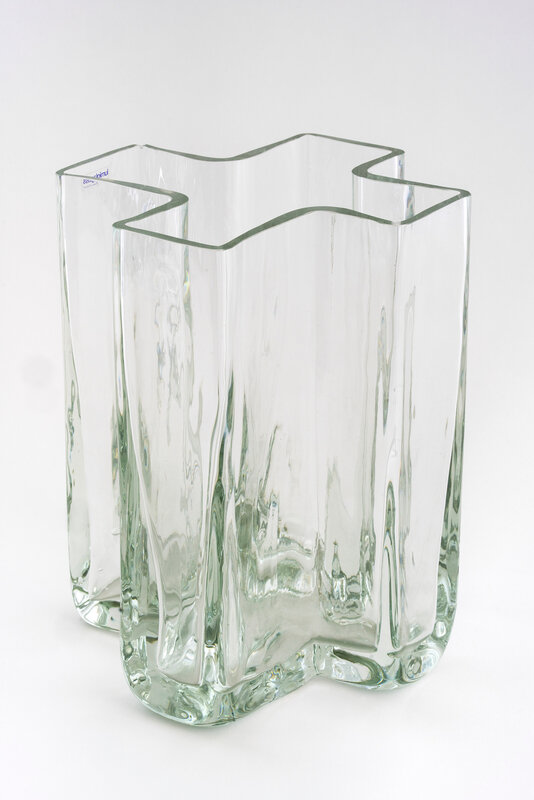
Heidi Blomstedt: Vase (1970). Design Museum. Photo: Finnish National Gallery / Hannu Pakarinen.

Reino Hietanen: Winter Landscape (1984). Finnish National Gallery / Ateneum Art Museum, Tuomo Seppo Collection. Photo: Finnish National Gallery / Hannu Pakarinen

/https%3A%2F%2Fprofilepics.canalblog.com%2Fprofilepics%2F1%2F0%2F100183.jpg)
/https%3A%2F%2Fstorage.canalblog.com%2F03%2F02%2F119589%2F96711876_o.jpg)
/https%3A%2F%2Fstorage.canalblog.com%2F11%2F31%2F119589%2F94773502_o.jpg)
/https%3A%2F%2Fstorage.canalblog.com%2F20%2F83%2F119589%2F94772815_o.jpg)
/https%3A%2F%2Fstorage.canalblog.com%2F26%2F72%2F119589%2F75604929_o.jpg)
/https%3A%2F%2Fstorage.canalblog.com%2F59%2F60%2F119589%2F26458628_o.jpg)


/http%3A%2F%2Fstorage.canalblog.com%2F33%2F75%2F119589%2F129356004_o.jpg)
/http%3A%2F%2Fstorage.canalblog.com%2F47%2F97%2F119589%2F126822262_o.jpg)
/http%3A%2F%2Fstorage.canalblog.com%2F26%2F48%2F119589%2F126810549_o.jpg)
/http%3A%2F%2Fstorage.canalblog.com%2F14%2F85%2F119589%2F126757993_o.jpg)